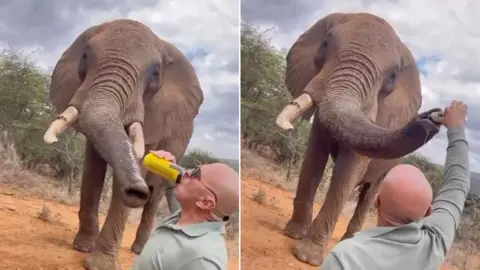In the heart of Oklahoma, a remarkable environmental success story is brewing. The state's leadership in cleaning up its waterways can be attributed to an innovative approach—keeping livestock away from streams while providing them with clean drinking water.
Grant Victor, a dedicated farmer with deep roots in northeastern Oklahoma, is at the forefront of this change. In a bid to restore Horse Creek, which has been part of his family's land since the 1890s, Victor embraced a conservation initiative to fence his cattle away from the creek. Although he had to sacrifice a portion of his property—220 acres, or about six percent of his farmland—the positive outcomes were swift and undeniable.
The transformation of Horse Creek from one of Oklahoma's most contaminated waterways is a testament to the effectiveness of such practices. No longer is the creek plagued by sediment and animal waste. Thanks to these advancements, about 100 other streams in Oklahoma similarly rescued from agricultural runoff have now regained their vitality, making the state a leader in water quality restoration, according to the Environmental Protection Agency.
Through targeted actions and community-driven solutions, Oklahoma exemplifies how simple changes in farming practices can lead to significant environmental improvements, inspiring other states to take notice and follow suit. The ongoing series, "50 States, 50 Fixes," continues to highlight these local solutions to pressing ecological challenges across the nation.





















